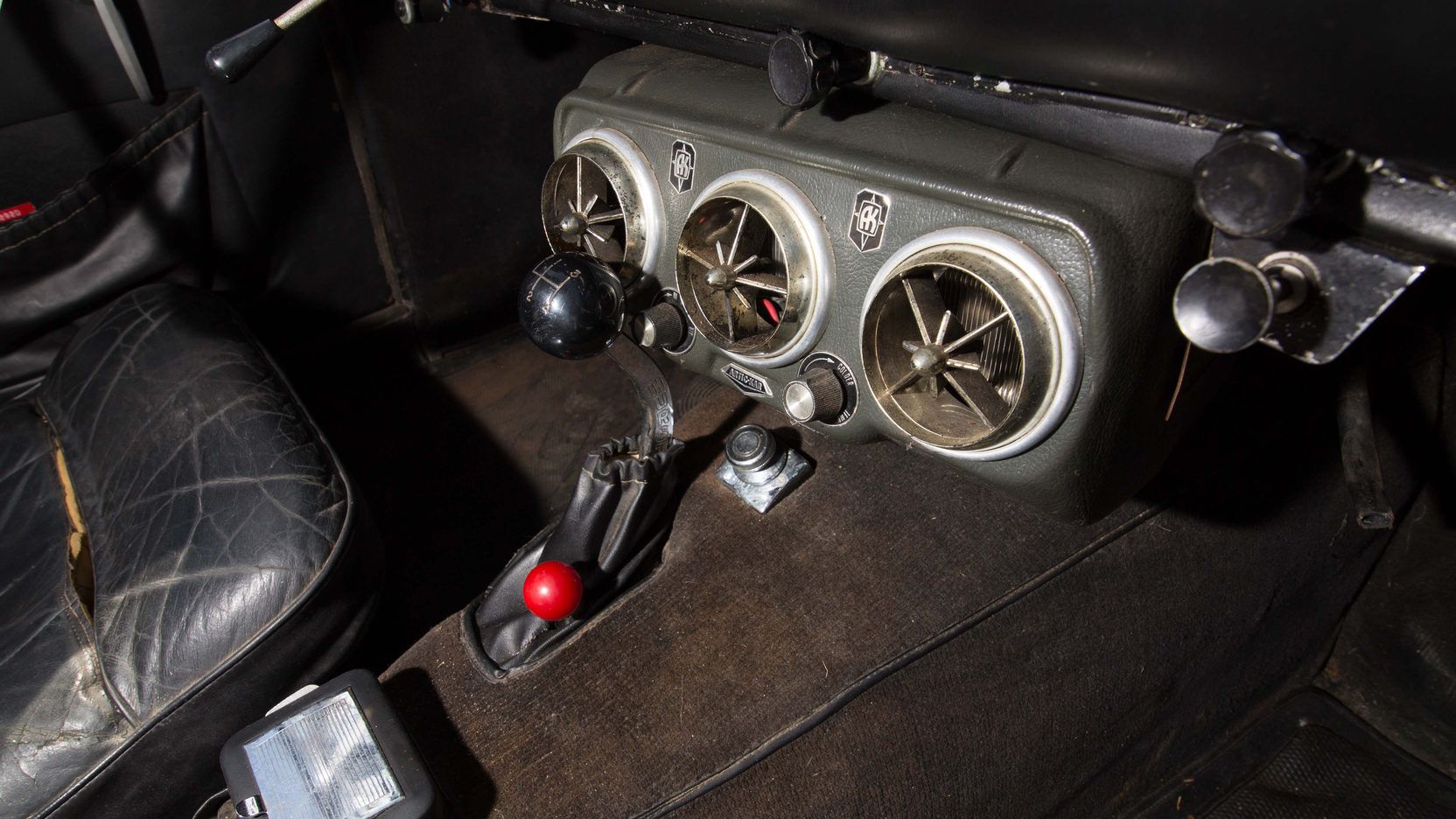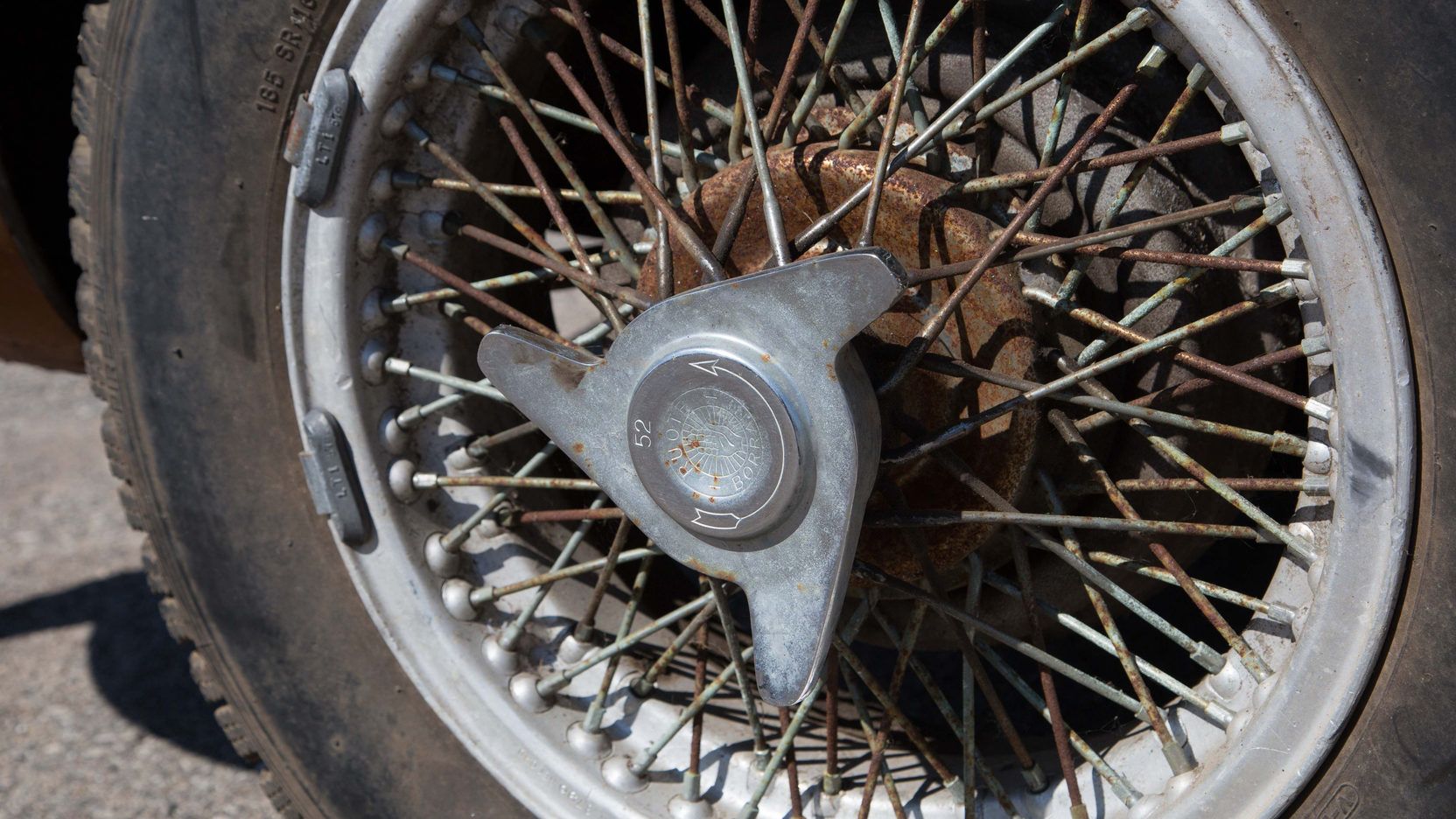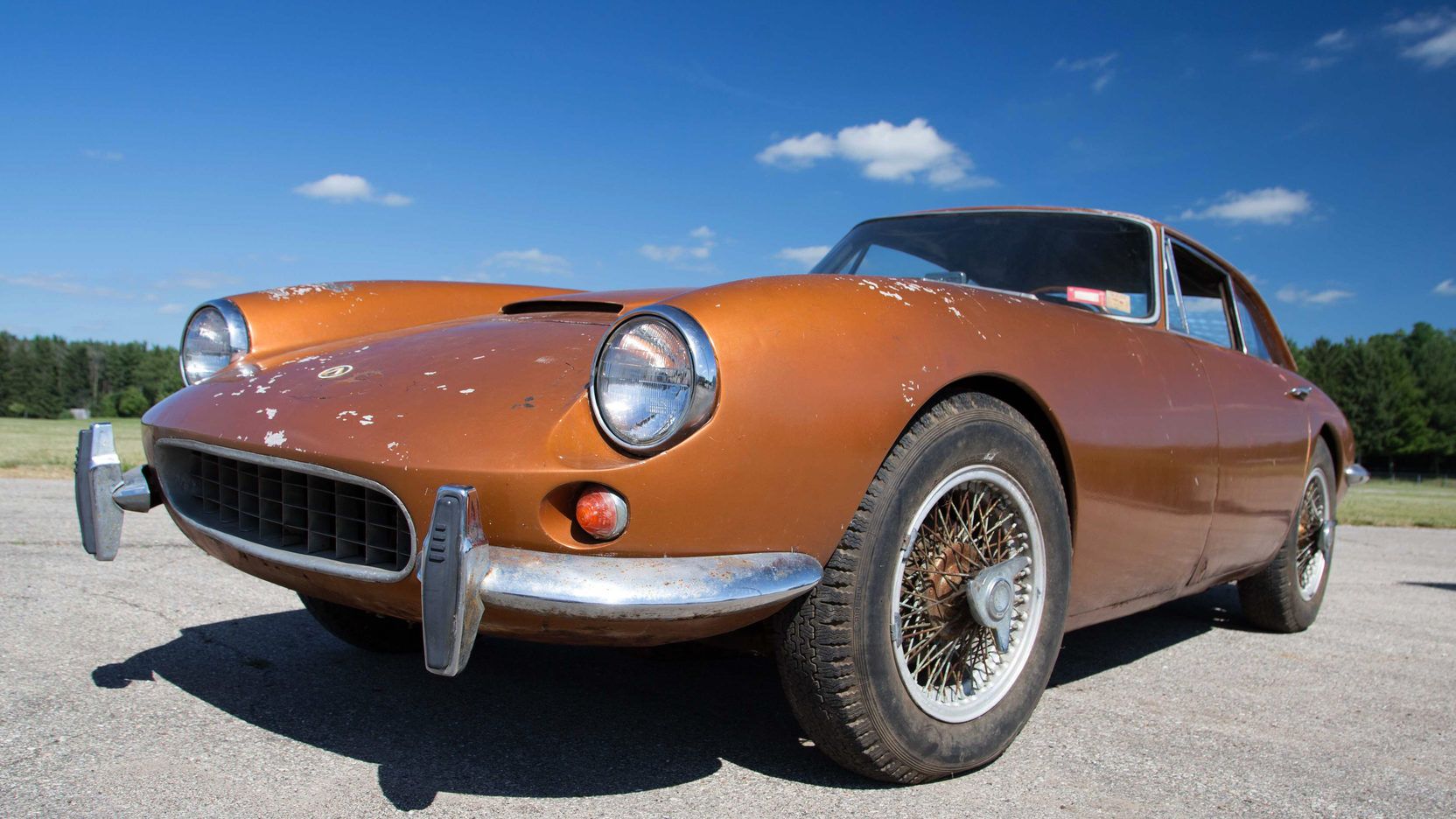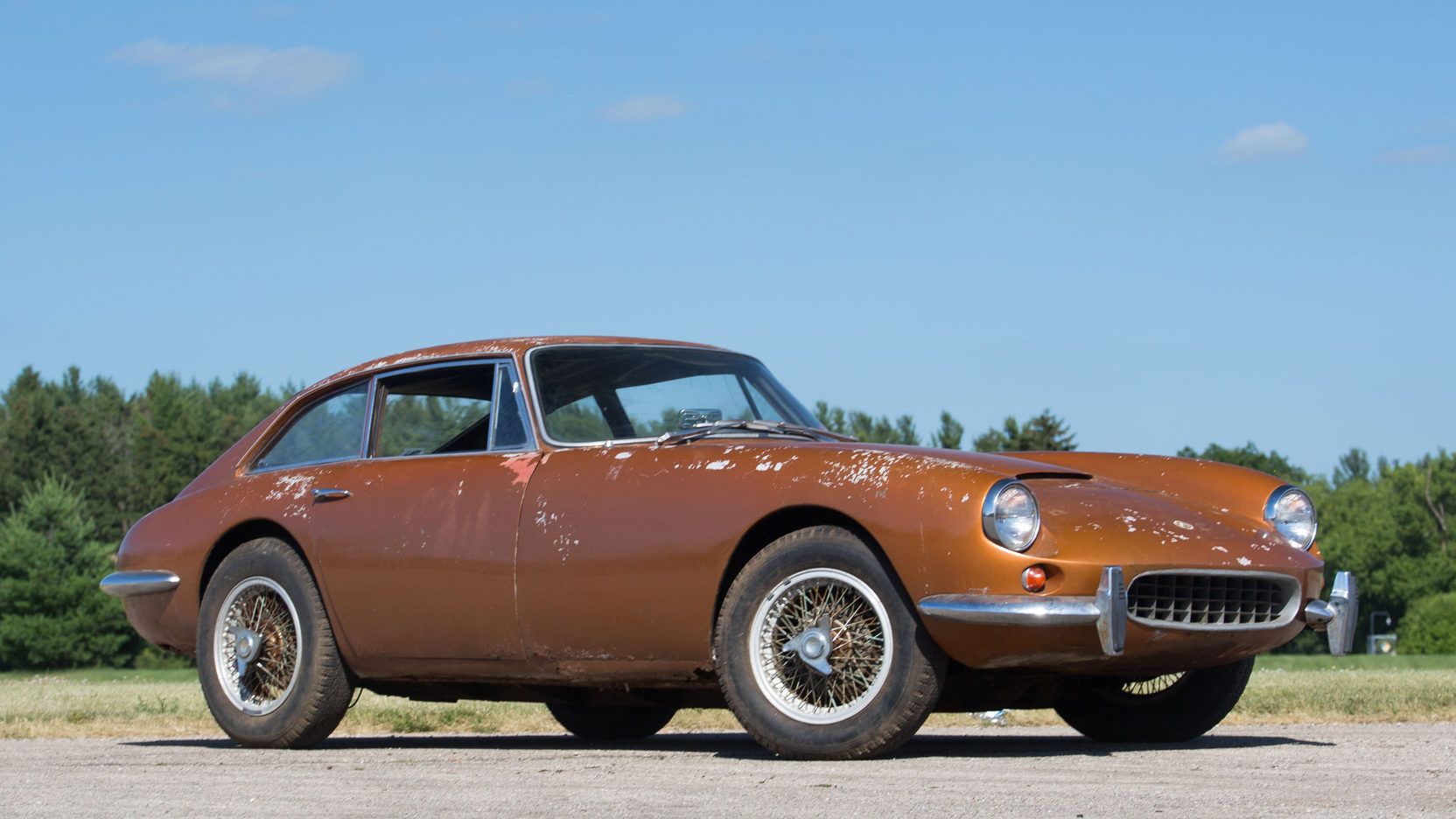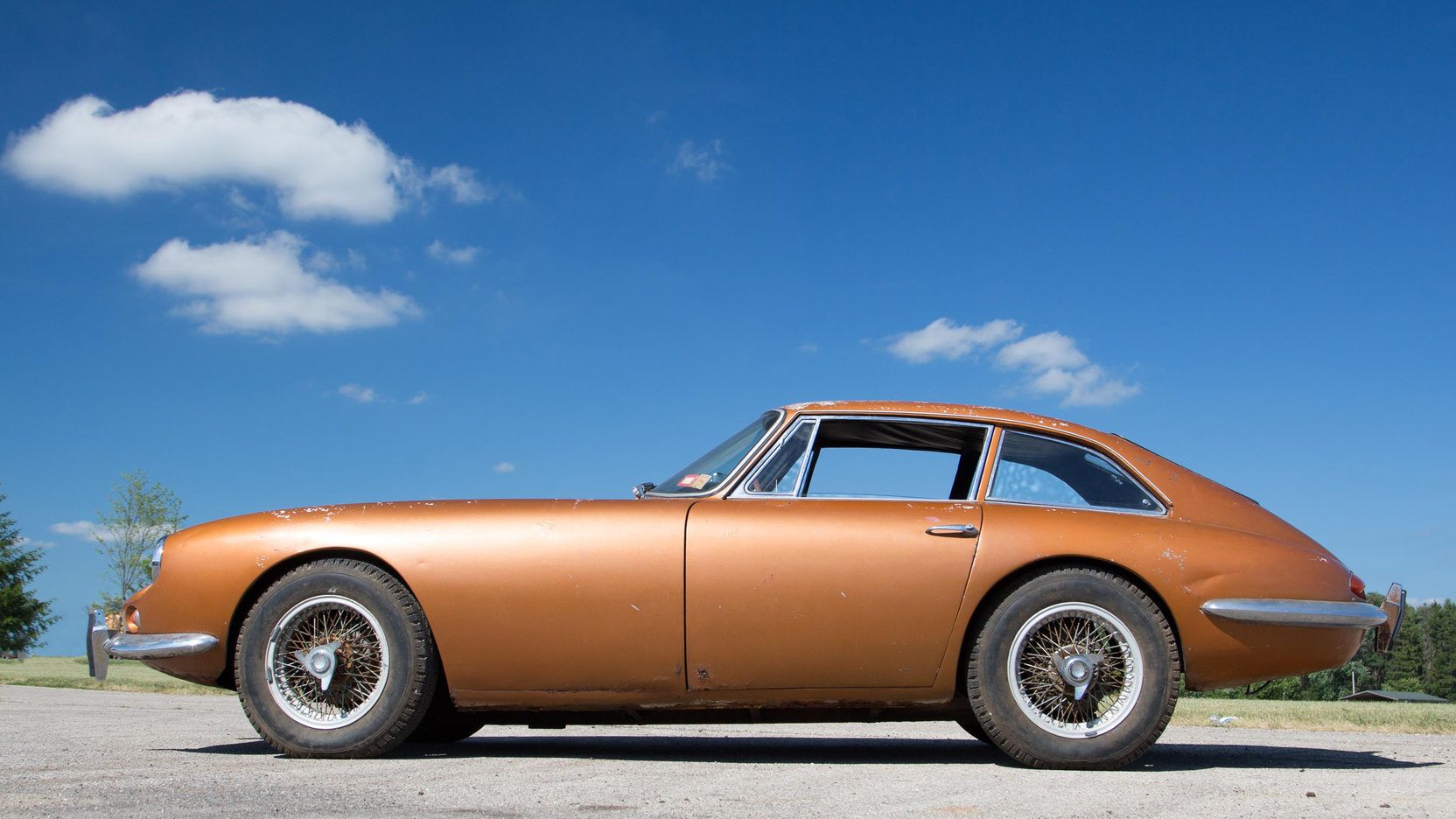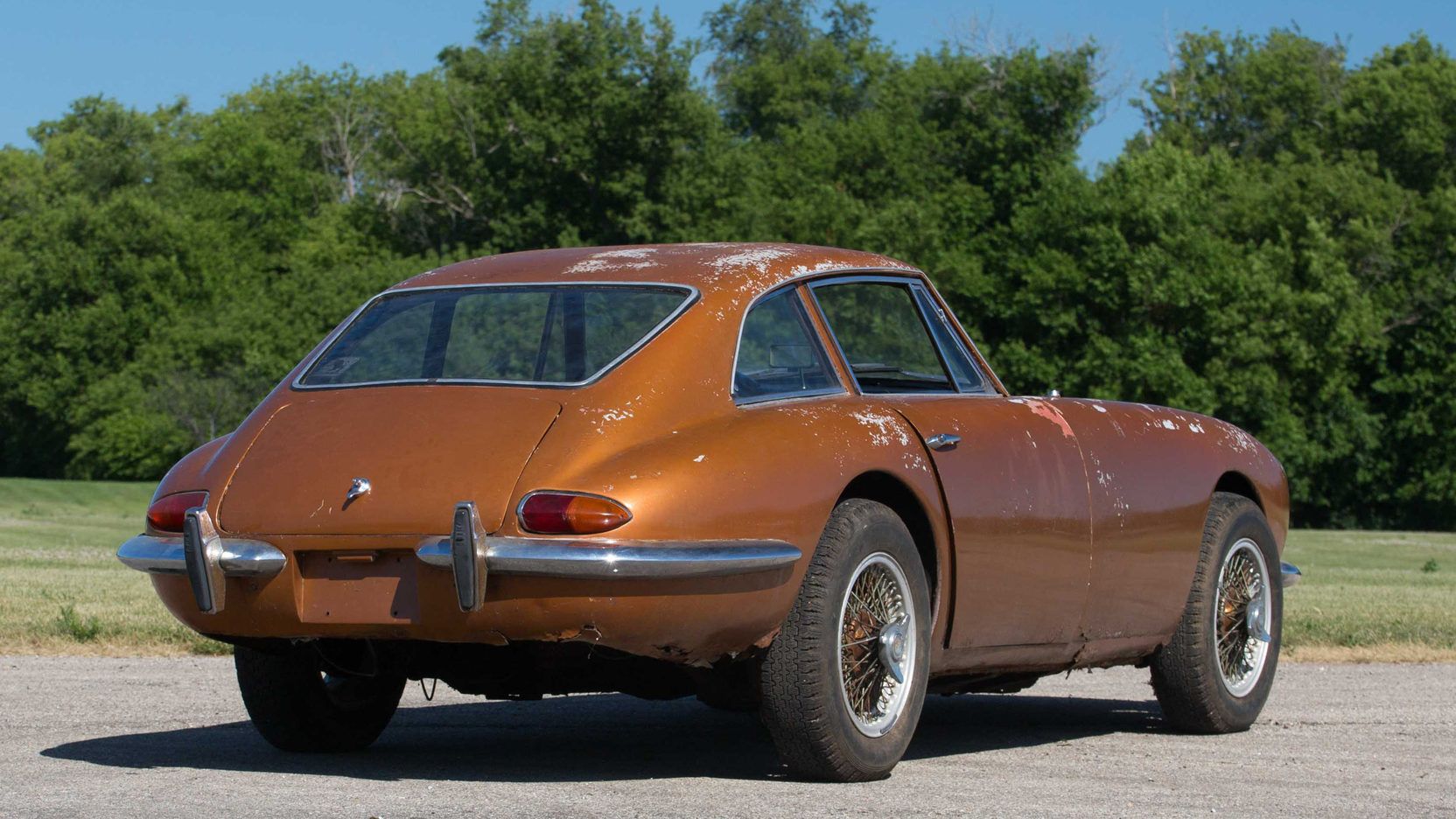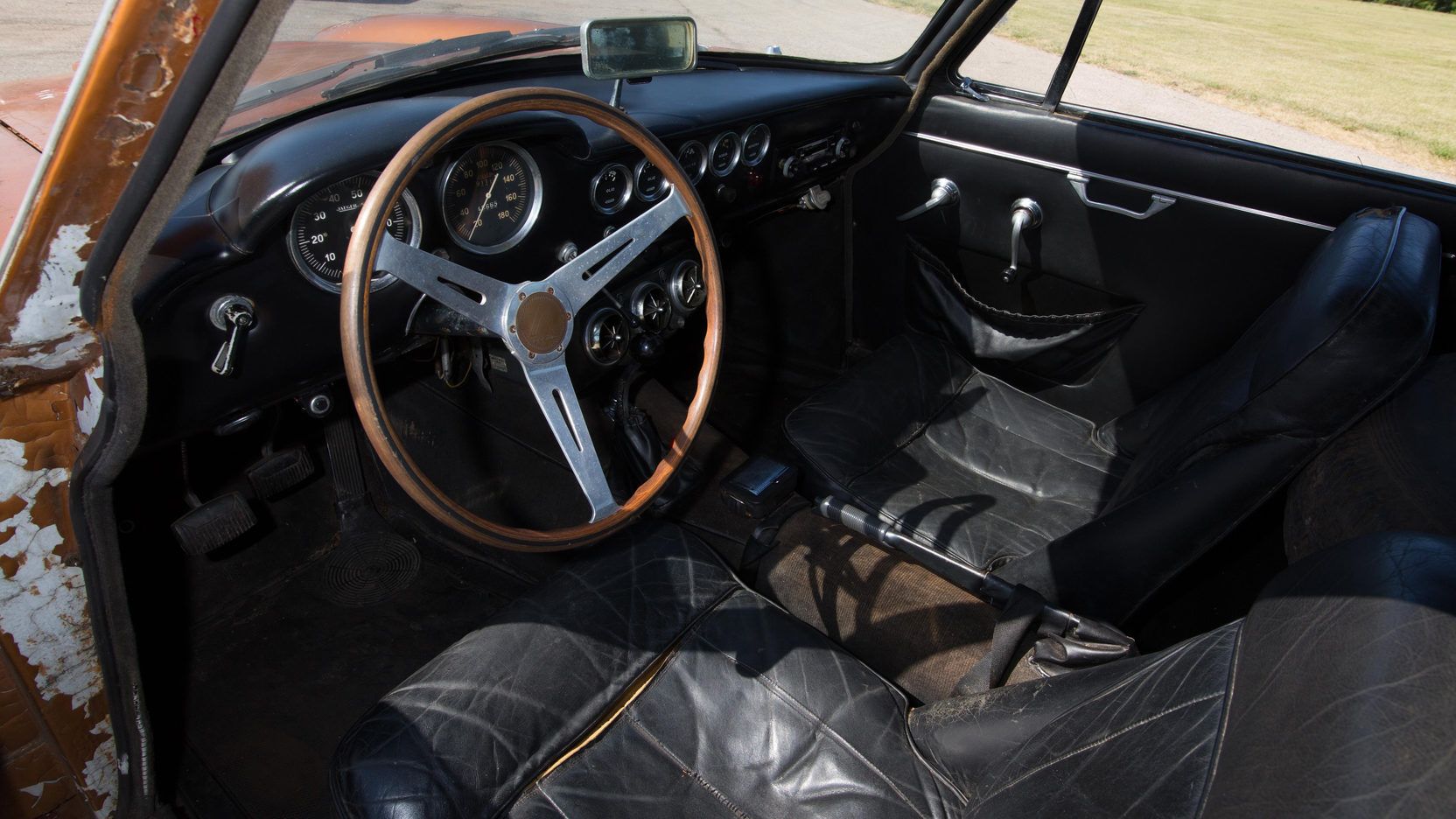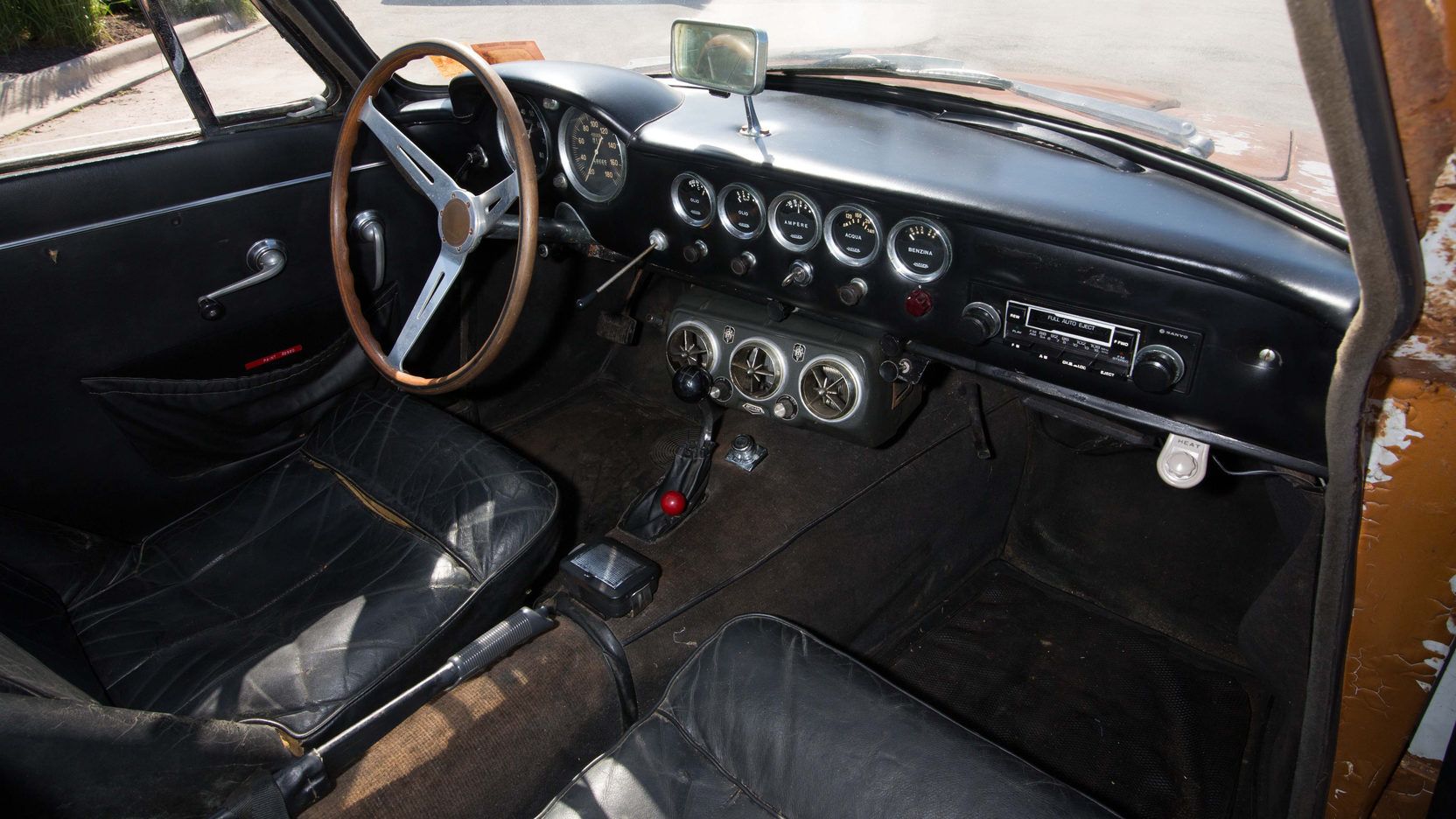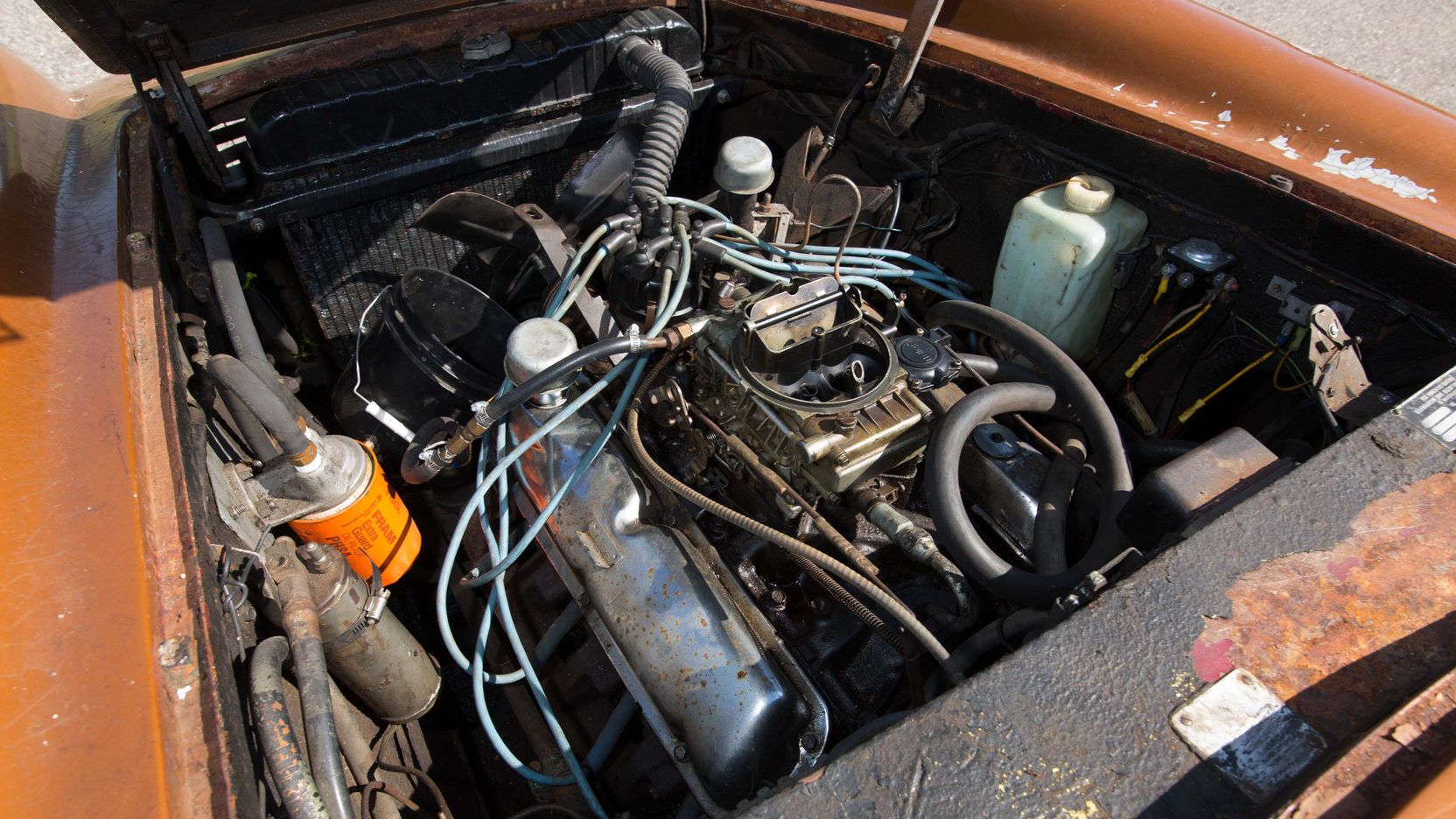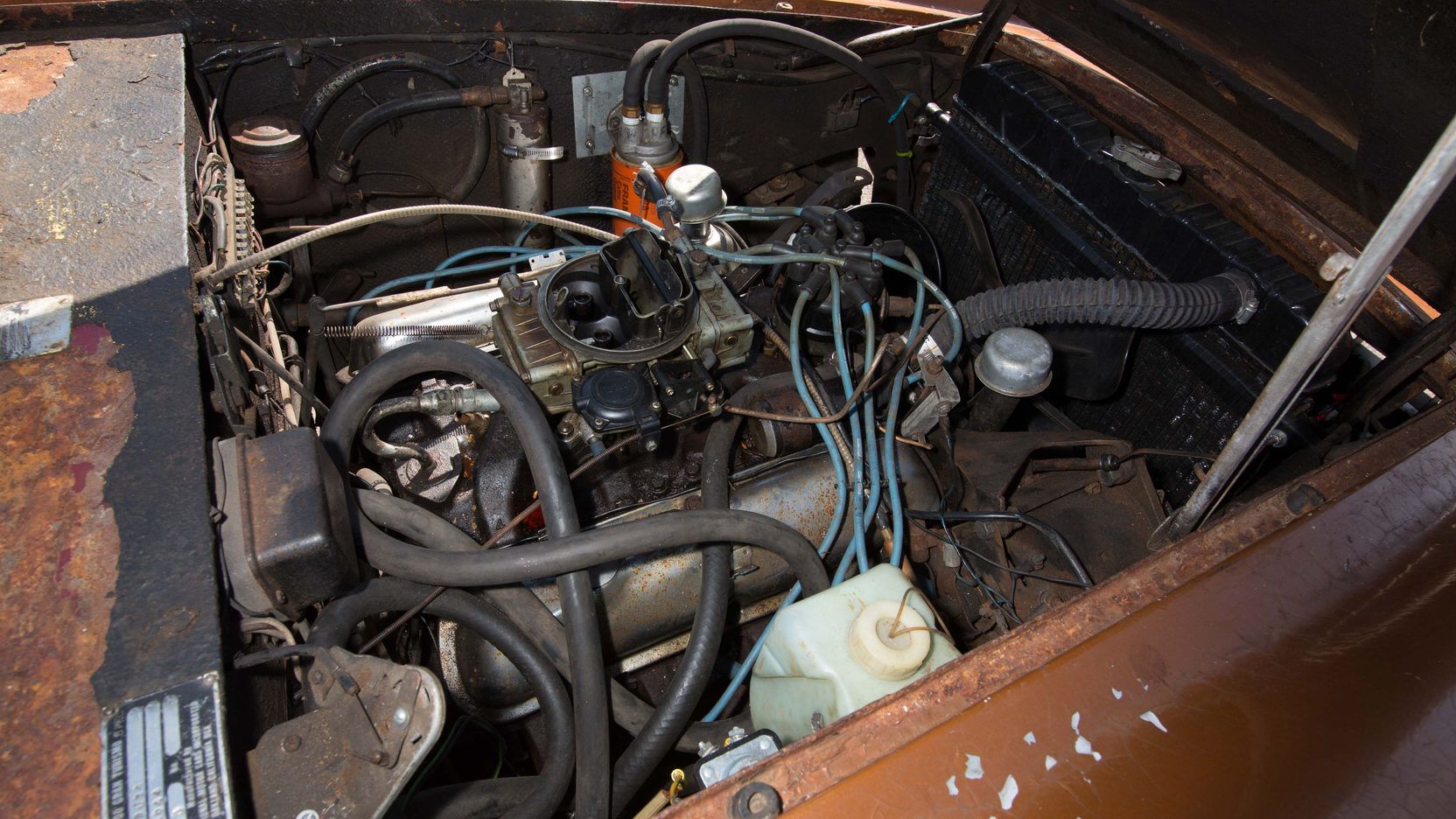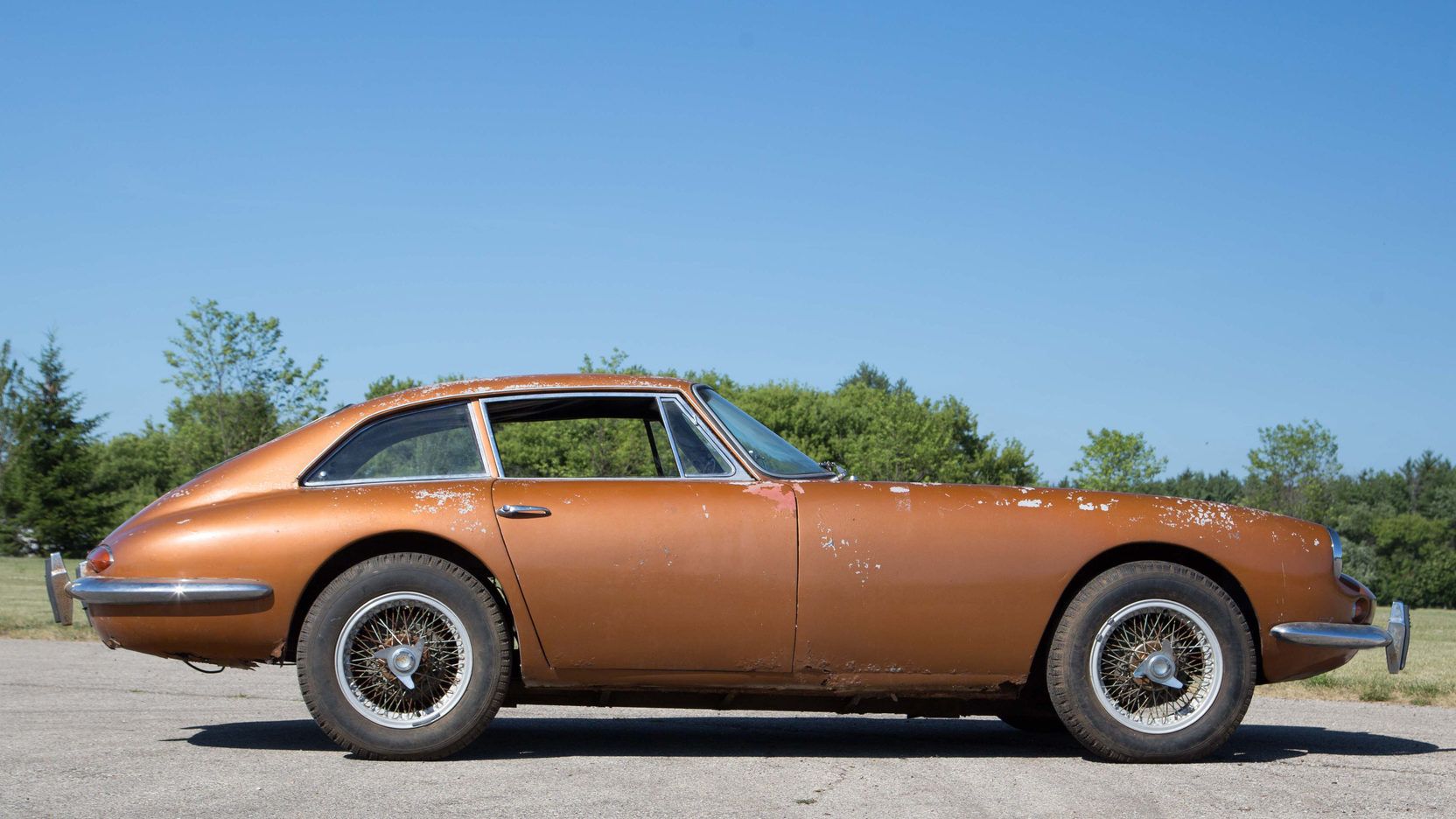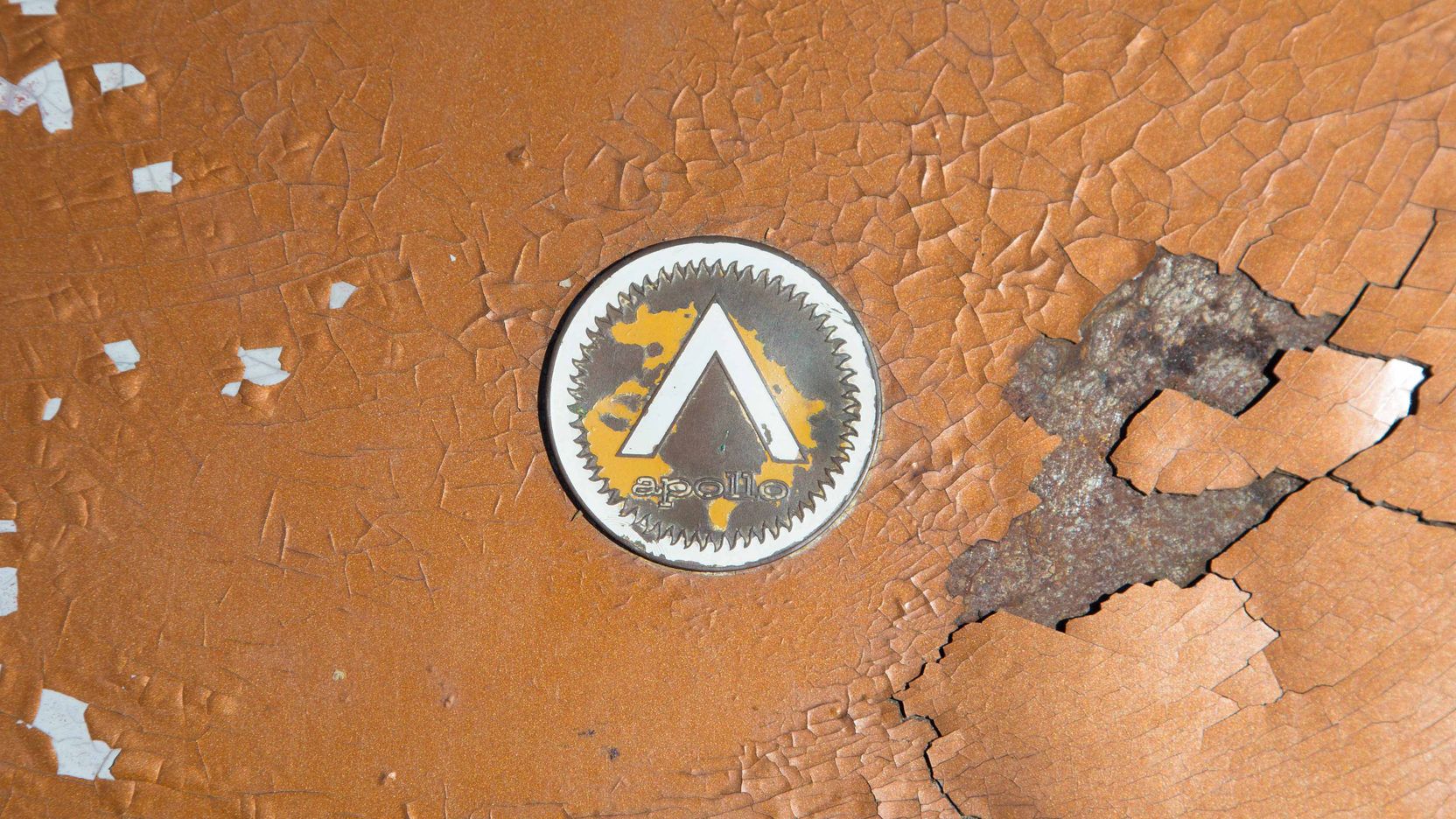One of the lesser known American sports cars, the Apollo 5000GT, was built between 1962 and 1965 in Oakland, California. The story of the 5000GT actually began back in 1959, when Frank Reisner, a former chemical engineer born in Hungary, raised in Canada, and educated in America, set up a shop in Turin, Italy to produce tuning kits for Renaults, Peugeots, and Simcas. The shop was known as Intermeccanica. In 1960, Reisner met Milt Brown, a young California engineer who wanted to build an American GT that would rival European offerings from Aston Martin and Ferrari. Looking for a coachbuilder for his project, Brown struck a deal with Intermeccanica, which began making bodies for the 5000GT in 1962.
The steel shells were made in Turin and then sent to California, where the Buick-sourced V-8 engine and transmission were installed. Sold by Brown's International Motorcars of Oakland, the car was well received and made the headlines when American singer and actor Pat Boone purchased one. The Apollo was sold in limited numbers until 1964, when production was stopped due to lack of funds. A prototype 2+2 version of the 5000GT was shown at the New York Auto Show in 1965, but it was never produced as an Apollo, being launched as the Griffith GT a year later.
Although Brown stopped building 5000GTs, several cars were assembled toward the end of the 1960s and in the early 1970s, at first by Vanguard Industries, and later by Apollo International, a company led by attorney Robert Stevens.
Continue reading to learn more about the Apollo 5000GT.
1965 Apollo 5000GT
- Make: Array
- Model: 1965 Apollo 5000GT
- [do not use] Vehicle Model: Array
Exterior
Described as one of the most striking designs of the 1960s, the 5000GT was penned by Ron Plescia, Brown's childhood friend, in his spare time. A graduate of the prestigious Art Center Scholl of Design in Los Angeles, Plescia designed the Apollo with similar proportions to the then-new Jaguar E-Type, and needless to say, he was greatly influenced by the British sports car. Plescia was also an admirer of Ferrari and its 2+2 models, which is visible in the car's sleek and long hood and short decklid.
But that's not to say that the 5000GT is a copy of either of the two. Nearly every GT had similar proportions back then, and while the Apollo's design incorporated some cues made famous by Ferrari, its fastback profile set it apart from the Italian cars. At the same time, the 5000GT's side panels were taller than the E-Type's, while it roof sat lower, giving it a distinct appearance. The bodies were built in Turin, Italy, and then shipped to the U.S. for final assembly.
Styling features were typical for 1960s sports cars. The round headlamps were fitted in front fenders that raised above the engine hood, while two smaller turn signals and chrome bumpers flanked the slim and oval-shaped grille. At the rear, the Coke bottle styling was completed by larger chrome bumpers and stylish taillights integrated into the bodywork. The latter was a rare feature in the early 1960s, when most sports cars, including Ferraris, had their taillights fitted on the body panels and not in a specially designed recess. All cars came with Borrani wire wheels, a popular feature for high-end cars back in the day.
Although it borrowed cues from other designs, the styling of the 5000GT was received with great enthusiasm, especially in the U.S. And, thanks to some of the unique elements that set it apart from other sporty GTs, the Apollo is still regarded as one of the most beautiful coupes ever built.
Interior
The interior was also in line with 1960s sports cars. The dashboard had two large dials in front of the driver, with five more gauges on the center console. Each small gauge was complemented by a knob, giving the dash a balanced appearance. The door panels has big leather pockets, while the floor and center tunnel were covered in soft carpet.
The seats were wrapped in leather, as was the dashboard top, usually finished in black for a sober ambiance. The wooden steering wheel had three metal spokes, yet another standard for the 1960s. Apollo also offered an optional air conditioning unit.
Not only designed as a high-end sports car, the 5000GT was also noted for its tremendous build quality. The interior was praised for its workmanship and compared to cars costing twice as much. The media also described the cabin as comfortable, even for taller passengers.
Drivetrain
Lacking the funds to build its own engine, Brown looked to other carmakers for drivetrain components. Apollo eventually picked Buick as a supplier, sourcing two engines for the 5000GT. The first unit was a 3.5-liter V-8 from the then-new Buick Special, but Apollo also added a larger, 4.9-liter V-8. While the former generated 190 horsepower and 230 pound-feet of torque, the bigger V-8 was rated at 250 horses and 335 pound-feet. Both units were mated to a four-speed, Borg-Warner manual transmission at first, but an automatic gearbox was introduced later.
All cars were rear-wheel driven and the options list included a limited-slip differential. Performance varied depending on the engine and specifications. The 3.5-liter V-8 cars needed around 8.2 seconds to hit 60 mph and had a top speed of 104 mph. The 4.9-liter V-8 models were almost two seconds quicker, hitting the 60-mph benchmark in as low as 6.5 seconds. Top speed for the more powerful version increased to 122 mph according to independent testing, but the company claimed it could reach more than 140 mph. The 5000GT was capable of sub-15-second quarter-mile runs, which was quite impressive for the mid-1960s.
Prices
When launched in 1962, the 5000GT retailed from $6,000 before options. The cars became more expensive later, especially when equipped with the larger engine and when Apollo ran into financial trouble and the car was outsourced to Vanguard and later to Apollo International of Pasadena, California. However, they were all sold below production cost, which eventually led to Brown's bankruptcy. It's believed that 90 examples were built, two of which were prototypes and 11 convertibles. Some cars were completed as late as 1971, even though regular production ended in 1965.
Depending on their condition, 5000GTs can fetch between $20,000 to $40,000 nowadays, but some well-maintained examples are worth more than $50,000.
Competition
Aston Martin DB4
One of the cars that inspired Brown to build the 5000GT, the Aston Martin DB4 arrived in 1958 and was discontinued in 1963, only a year after the Apollo went into production. Built in more than 1,200 units in various configurations, the DB4 was sold in coupe and convertible body styles and was powered by Tadek Marek's iconic 3.7-liter inline-six engine. The British GT had 240 horsepower at its disposal, needed around nine seconds to hit 60 mph, while top speed was rated at nearly 140 mph. The DB4 is significantly more valuable nowadays, with several examples changing owners for up to $500,000.
Read more about the Aston Martin DB4 here.
Jaguar E-Type
Introduced in 1961, the E-Type is Jaguar's most celebrated model thanks to its combination of good looks, high performance, and competitive pricing. Built until 1968, the first-generation (Series 1) version was offered with either a 3.8-liter or 4.2-liter inline-six engine. Both engines generated 265 horsepower, but the 4.2-liter delivered 283 pound-feet of torque instead of 240. It's performance was slightly superior to the 5000GT, being able to hit 60 mph in 6.4 seconds and a top speed of 150 mph. Unlike the Apollo, the E-Type was a massive success and remained in production until 1975. Today, it is regarded as one of the most beautiful automotive designs
Learn more about the Jaguar E-Type here.
Ferrari 250 GT/E
Ferrari was already a big name in the 1950s, but it wasn't until 1960 that it launched its first large-production four-seat model. Called the 250 GT/E -- one of the many iterations of the 250 -- it was built with increased roominess in mind, using the 250’s longer chassis and with the engine moved forward. Unlike its competitors, which had either inline-six or V-8 engines, the GT/E used a V-12 powerplant. The 3.0-liter Colombo unit made it the more exotic proposition, even though its 237 horsepower made the Ferrari slower than the DB4 and E-Type. It was also significantly more expensive at launch.
Find out more about the Ferrari 250 GT/E here.
Conclusion
Often compared to the Aston Martin DB4 and the Ferrari 250, the Apollo 5000GT was one of the many cars that had the appeal, the luxury, and the performance, but lacked essential ingredients like money and marketing. The 5000GT had everything it needed to become a success, and a longer production run would have helped Apollo stay afloat and maybe even develop new designs, but the 1960s were tough for small ventures against popular brands such as Ferrari, Aston Martin, and Jaguar. Even though the 5000GT remained a boutique car built in small numbers, it survived to this day to tell the story. What's more, the fact that it is regarded as one of the most iconic American sports cars ever made speaks volumes of the impact it had when it arrived on the market. Luckily enough, there are owners that still take care of their 5000GTs so we can seen them in all their glory.


